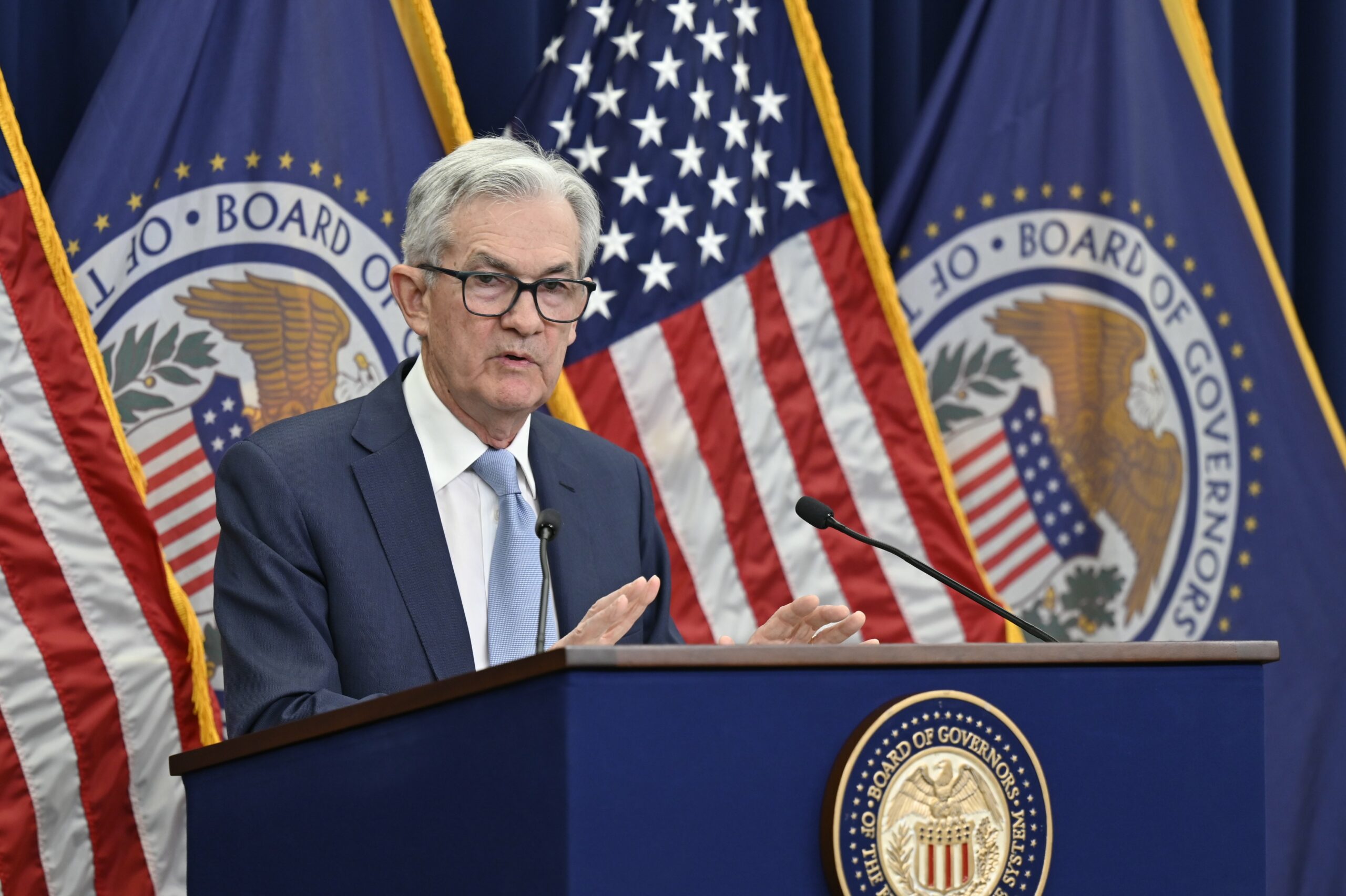Will the Fed relax?

Fed moves and scenarios. Comment by Martin van Vliet, Global Macro Strategist at Robeco.
Rising long-term yields and broader tightening of financial conditions have been taken into account by central bankers. At both the recent ECB and Fed meetings this was cited as one of the factors behind the decision to keep rates unchanged, in addition to signs of moderation in inflationary pressures.
To maintain tighter conditions, central bankers will likely avoid appearing too dovish. However, central bank rates in the US and Eurozone have probably reached their peak. For the Fed, a new acceleration of inflationary pressures combined with more favorable conditions would be necessary to start raising rates again. The bar for the ECB seems even higher, given the context of very weak growth. In Japan, monetary policy is gradually moving towards more restrictive conditions. The recent change in yield curve control policy has led to underperformance of the 5-10 year segment of the curve and we expect this direction and pace of shift in monetary policy and the curve to continue.
The chances of the Fed hiking again have diminished. This is what emerged clearly from the November meeting. Powell suggested that a persistent tightening of financial conditions could replace the Fed's hikes. However, a combination of strong economic data and lower long-term bond yields will now likely be needed to convince the Fed to raise again. Therefore, this is no longer our baseline scenario. Further hikes cannot be ruled out, but we have lowered the odds of this scenario from 60% to 30% and now expect rates to remain on hold for a while.
If our forecasts of inflation and below-consensus growth prove correct, the first cut could come in the middle of next year. If a cut is not made now, the Fed will likely feel the need to keep rates stable for some time. This makes July our base case for the first cut, a full year after what appears to have been their last hike. Risks remain linked to a delayed start to monetary easing.
TREASURY OFFERS SOME SUPPORT BUT QT REMAINS
Since the announcement of the increase in bond issuance last August, the US Treasury market has shown increased sensitivity to any news suggesting a further increase in debt supply. As a result of this tension, the market reacted positively when the US Treasury announced on November 1 that it would leave the auction sizes of US 20-year bonds unchanged and increase those of 10-year and 30-year bonds by a modest amount. The announcement demonstrates the company's willingness to incorporate feedback from primary dealers, thus reducing uncertainty about market conditions. The Treasury is expected to announce buyback operations in January. This is not about monetary policy, nor about affecting the general level of rates; however, the transaction is expected to improve liquidity for specific off-the-run Treasuries.
It is important not to expect any changes to the Fed's balance sheet reduction (QT). Reserves are still ample and the FOMC seems satisfied with the current pace of reduction (maximum $95 billion per month in total). The sell-off in Treasury bonds in recent months and the widening of MBS spreads appear to have had little impact on the FOMC's stance on QT. We expect this policy to remain in place at least until the third quarter of next year.
This is a machine translation from Italian language of a post published on Start Magazine at the URL https://www.startmag.it/economia/la-fed-si-rilassera/ on Sun, 19 Nov 2023 06:06:35 +0000.
